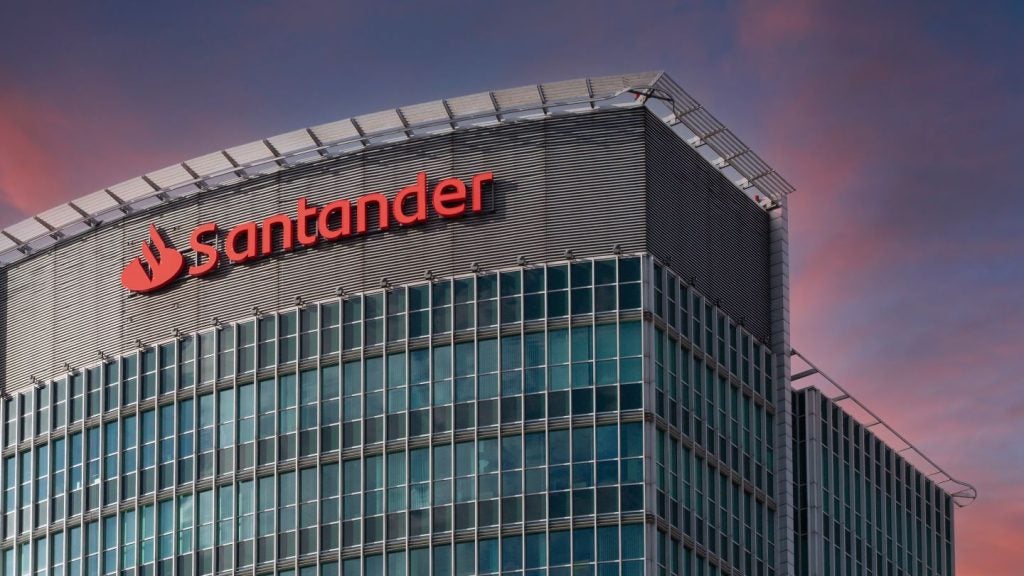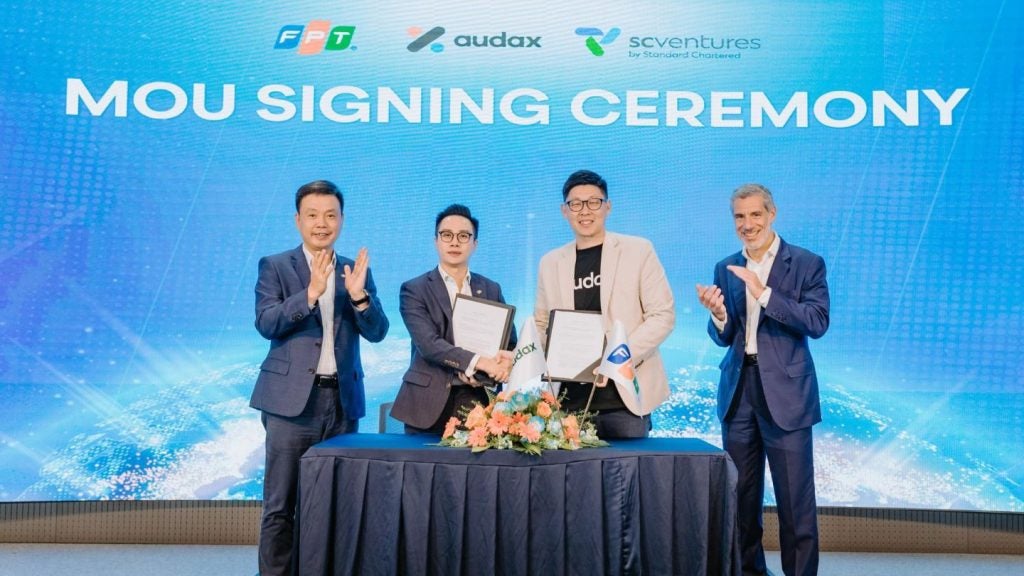Nova Ljubljanska Banka dominates its domestic retail
banking market with the largest branch network, a diversified
distribution strategy and a market share in excess of 30 percent.
Polona Javornik, NLB’s marketing manager, talks about the bank’s
opportunities and strategies, writes Douglas Blakey.
Nova Ljublijanska Bank (NLB) dominates the banking scene in
Slovenia, with retail banking market shares in excess of 30 percent
in terms of assets, loans and deposits. While Slovenia is a
relatively small market, with a population of around 2 million, it
can claim to be among the most successful of the countries in
transition from socialism to a market economy.
It was the only one of the former Yugoslav republics to be in the
first wave of candidates for membership of the European Union. It
joined the EU in 2004, and on 1 January 2007 formally scrapped its
national currency, the tolar, to adopt the euro and become the 13th
member of the eurozone.
NLB is still state-owned and the Slovenian government has decided
not to sell a majority stake to foreign investors. Belgium-based
KBC, however, managed to acquire a 34.1 percent share of NLB in
September 2002, reducing the state’s stake to about
one-third.
NLB reported first-half 2007 profits before tax of €110.4 million
($158.9 million), an increase of 85 percent compared with the same
period last year.


US Tariffs are shifting - will you react or anticipate?
Don’t let policy changes catch you off guard. Stay proactive with real-time data and expert analysis.
By GlobalData
KBC’s influence
Polona Javornik, NLB’s marketing manager, told RBI that
NLB has benefited from its association with KBC. “Some important
retail banking products have been developed jointly with KBC, such
as NLB Vita,” she said.
In 2003, KBC’s insurance division and NLB established NLB Vita as a
joint venture, specialising in the sale of life and accident
insurance policies. Its products are promoted through NLB’s branch
network.
“There has also been a transfer of knowledge and best practice from
KBC to NLB in restructuring our branch network, as well as in areas
such as promoting a standardised branch model, sales support and
modernising our information technology systems,” Javornik
added.
NLB’s branch network currently comprises 218 branch offices in
Slovenia plus an international network of 255 locations.
While NLB has benefited from favourable economic conditions in
Slovenia, and the consequent rise in demand for financial products,
it has faced increased competition from local rivals as well as
international raiders.
“After a spell of new competition in the 1990s at home, resulting
in aggressive competition for retail customers, the current
situation can be described as a time of consolidation. We regard
NLB as being the backbone of the Slovenian banking system, in terms
of providing customers with the broadest set of products, the
quality of our service, the size of our branch network, and our
reputation for reliability and stability,” she said.
Developing the card market
One area in which NLB has shaped the modern Slovenian banking
market has been its role as the central player in the development
of the card market.
In 1992, it introduced its proprietary LB Card programme,
which was relaunched as Karanta in 1997 as part of a strategy of
extending the cards programme to four other issuing banks – SKB
Banka, Abanka, Banka VIPA and Probanka – and to another four banks
in which NLB had equity interests: LB Banka Domžale, LB Koroška
Banka, LB Pomurska Banka and LB Zasavska Banka. NLB launched its
MasterCard programme in 1993 and by 1997 offered the full range of
standard, business and gold cards. Its first Visa cards followed in
1996.
It has blazed a trail in terms of its diversified distribution
strategy.
“We are trying to create and upgrade many different channels for
our clients to perform as many banking services as possible. We
already have an e-banking service (NLB Klik) and a mobile banking
offering, NLB Moba, introduced in 2002, which enables our clients
to perform all basic banking services,” Javornik said. “In
addition, we offer telephone banking (NLB Teledom) and the largest
ATM network in the country. We pay special attention to continuous
development of e-banking and our other modern distribution channels
and in the future we will put most of our effort into online and
self-service channels.”


Dominant market share
A key element of NLB’s efforts to differentiate itself from its
rivals has been the segmentation strategy it has pursued, resulting
in an overall retail banking market share of almost three times its
nearest rival (see bar graph).
NLB currently has a market share of more than 44 percent of all
personal accounts in Slovenia, a 33.5 percent share of the credit
card market and more than 30 percent of the personal loans and
deposit market.
“NLB is targeting five main segments: mass, mass affluent, private
banking, youth and small and medium enterprises. Private banking is
a new package of services, we are specially targeting at customers
with assets of more than €200,000. Currently, our average private
banking client has assets of around €470,000,” she said.
According to Javornik, NLB will grow its number of private banking
clients to 1,000 next year.
“New private banking clients are usually recommended by existing
customers and that is why we organise social events for customers,
their partners and prospective private banking customers,” she
said.
NLB believes that it can continue to grow market share, even in
areas where it is the dominant player in the market.
“We are trying to grow our credit card market share mainly by
tailoring credit card types to specific customer needs, for example
deferred payment and revolving payment products, adding valued
services to standard card functions, such as incorporating accident
or fraud prevention insurance. We are also extending our loyalty
scheme in co-operation with an increasing number of merchants and
renewing our branding and card designs as we introduce new chip and
PIN cards,” Javornik said.
NLB’s marketing strategy
In terms of its marketing strategy, NLB has supported a wide range
of cultural and sports sponsorship projects and is particularly
proud of its support for Slovenian art.
“We find our various sponsorships are all very successful, since we
evaluate every project in detail before making a commitment. We use
the NLB art collection to indirectly support our marketing through
PR activities and event management. We regularly organise art
exhibitions, which are great social occasions to combine art with
meeting existing and potential clients,” she said.
The bank has promoted the renovation of selected works of architect
Koze Plecnik and issued a set of architectural guides of his work,
and also sponsors the Ljubljana jazz festival and the Slovenian
men’s ski team.
In 2007, the bank has planned 16 advertising campaigns, combining
TV, radio, online, outdoor and print advertising with direct mail
campaigns, posters, e-mail marketing, competitions promoted by
radio, sponsorship activity, lectures at seminars, online games and
parties targeted at children.
“Our advertisements promote either new or existing products as well
as our corporate brand. In terms of our marketing approach, we are
learning from the best practices adopted by different types of
businesses, including non-banks,” Javornik said.
The shift towards more green banking products and services, one of
the most definitive trends in retail banking in a generation, has
reached Slovenia. “NLB works hand in hand with several companies
that sell green or environmentally friendly products by granting
loans at lower interest rates to their customers,” said
Javornik.
NLB’s savings and deposits campaign
“In Slovenia, we regard October as a month for savings and so
launched a national marketing strategy to promote the NLB Postopna
varčevanja (savings via monthly instalments) and the NLB Depoziti,
a deposit account,” said Polona Javornik, NLB’s marketing
manager.
The overall theme of the campaign is that financial ambitions can
be achieved, if pursued with persistence. The advertising tag line
‘Vztrajam do cilj’ translates as ‘Persistence until the
goal’.
The deposit account ads bear the legend ‘Zvišali smo obrestne mere!
Od 4.04 % dalje’, or ‘Higher interest rates, from 4.04 percent and
more’.
“Our communication objective is to promote savings behaviour and
highlight modern ways of investing money through different stages
of a customer’s life cycle, such as starting with small monthly
instalments, deposit products and investment products such as
bonds, bank insurance products and mutual funds,” she said.
According to Javornik, the target group for the ads is mainly the
20- to 45-year-old sector of the market for the monthly savings
product and customers aged 45 to 65 for its deposit products.
The bank has run a number of quiz promotions offering
cycling-related prizes – bicycles feature prominently in the
ads.Ads also run on Slovenia’s public transportation system.







